1 The Medical Office and Administrative Medical Assistant
Looking for a fun, challenging job that's always in demand? If so, AMA (administrative medical assisting) may be just the field for you! In this lesson, look at the exciting job opportunities for AMAs, the variety of careers they can choose from, and the different settings where they can work.
2 Ethics, the Law, and HIPAA
The law and medicine go hand-in-hand-so today you will learn the laws you will want to know if you become an AMA. This lesson covers everything from contracts to malpractice and delve into HIPAA (a federal act that affects everyone in the health care field).
3 Computers and Office Equipment
Today's lesson explores the office equipment and computer hardware you're likely to use as an AMA. In addition, you will delve into software-both standard office programs and the specialized software we use in the field of medical information management.
4 Filing Processes and Equipment
If you think filing is a bore, this lesson will change your mind. You will discover what the rainbow of colored stickers on a medical file means, and you will even practice creating a patient chart yourself. You will also find out why medical offices love lateral files, and you will master the tricky rules of alphabetizing. (Yes, it's more challenging than it looks!)
5 Records Management
Now that you're an expert on the outside of a patient chart, it's time to look inside. Today you will find out which forms go in a medical record, and just where you will put each one. In addition, you will learn about two styles of note-taking: SOAP and CHEDDAR. And finally, you will delve into the topic of medical record audits and find out the legal way to correct a patient's chart.
6 Appointment Scheduling, Check-In, and Check-Out
It's time to introduce the star of the show: the patient. Today you will learn everything about what we call a patient encounter. This lesson focuses on the phone skills you can use to make appointments, handle questions, and soothe angry callers. Next, flip open the appointment book and explore the tricks for scheduling patients easily and efficiently. And finally, follow a patient's visit from start to finish, and see how many tasks an AMA does during that appointment.
7 Reception Area Tasks and Communication Skills
This lesson starts in the waiting room, where you will learn more about the tasks a receptionist handles-from opening and closing a medical office to keeping the reception area ship-shape. After that, understand barriers to communicating effectively with patients, and you will discover ways to overcome them. This lesson concludes with a fun and creative jobs that AMAs do: creating informational brochures and teaching aids.
8 Medical Insurance Basics
Medicare, Medicaid, managed care, commercial insurance-what does it all mean? In today's lesson, you will find out! First, you will learn the meaning of terms like managed care, capitation, and fee-for-service. Next, explore government programs like Medicare, Medicaid, Workers' Compensation, and TRICARE. By the time you're done, you will have a good feel for the many types of insurance an AMA handles every day.
9 The Medical Insurance Claim Form
Did you ever study an insurance claim form? If so, you know it contains dozens of mysterious questions and checkboxes. Well, today you will come face-to-face with one of these claim forms-and conquer it. By the end of your lesson, you will know how to fill in each field of the CMS-1500 claim form. In fact, you will even get to try it yourself!
10 Diagnostic Coding
Medical coding is a hot field for AMAs, so it's a great specialty if you're looking for job security. In today's lesson, you will take a quick look at diagnostic coding and see why it's both fun and challenging. Explore the ICD-10-CM, talk about the detective work involved in abstracting a diagnostic statement, and explore the steps of coding a diagnosis.
11 Procedural Coding
This lesson finishes up your tour of medical coding with an overview of procedural coding. First, you will learn all about a manual called the CPT and discover how to use it to code everything from surgeries to X-rays to acupuncture. After that, you will examine a second manual called the HCPCS ("hix-pix"), which contains codes for ambulances, root canals, and much more. This lesson also delves into anesthesia coding, a tricky but rewarding sub-specialty.
12 The Business Office
The final lesson concludes wit








 Canvas Continuing Education
Canvas Continuing Education Join Our Email List
Join Our Email List 

